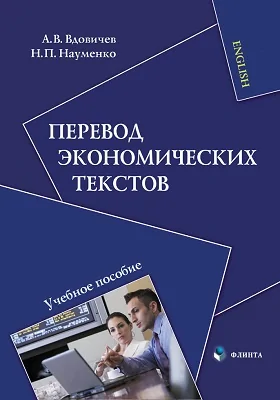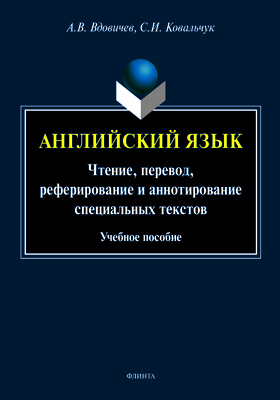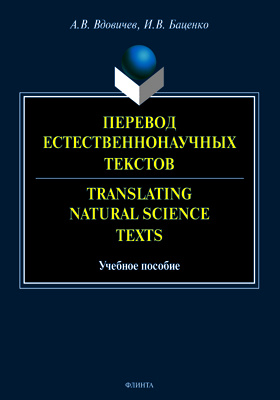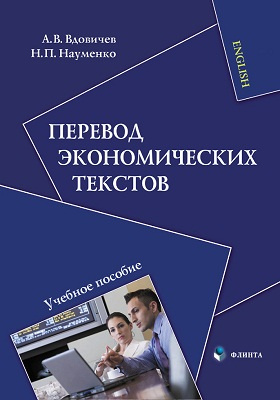Перевод экономических текстов
Здесь можно купить книгу "Перевод экономических текстов " в печатном или электронном виде. Также, Вы можете прочесть аннотацию, цитаты и содержание, ознакомиться и оставить отзывы (комментарии) об этой книге.
Место издания: Москва
ISBN: 978-5-9765-1338-9
Страниц: 228
Артикул: 103835
Возрастная маркировка: 16+
Краткая аннотация книги "Перевод экономических текстов"
Целью настоящего издания является формирование знаний, умений и навыков, необходимых для выполнения перевода текстов официально-деловой и экономической тематики с английского языка на русский и с русского языка на английский через усвоение терминологии и жанровых особенностей делового дискурса. Для студентов, специализирующихся в сфере официально-делового перевода, также может использоваться как основное или дополнительное пособие по английскому языку для студентов экономических специальностей.
Содержание книги "Перевод экономических текстов"
Предисловие
Unit I. Economics and Its Concepts
Unit II . Business and Its Forms of Organization
Unit III. Banks and Banking System
Unit IV. Accounting and Reporting
Unit V. Capital and Finance
Unit VI. Management. Marketing
Unit VII. Economic Globalization
Appendix 1. Incoterms
Appendix 2. Major Job Titles in Business
Appendix 3. World’s Major Currencies
Appendix 4. Major Abbreviations and Acronyms in Economics and Finance
Literature
Все отзывы о книге Перевод экономических текстов
Отрывок из книги Перевод экономических текстов
115allowances (depreciation and amortization accounts), a noncash cost of the firm that must be added to undistributed profit to determine the amount of funds available to the firm from the current operations.External Sources of Funds, Common and Preferred Stock holders; Common Stock — Fundamental Ownership of the CorporationCommon stock is the basic form of ownership of a corporation. In the classic scenario, a company’s management issues stock to in-vestors in return for their cash and then uses the cash to start and operate the business. A share of stock represents a unit of ownership of a company, but the size of that unit depends on the number of shares of stock issued. A small company owned by a handful of people might only have a few hundred outstanding shares, that is owned by its stockholders. Microsoft, by contrast, has over five billion shares outstanding. So, percentage of ownership is not just about how many shares you own; it’s about how many shares everybody owns. Thus, we arrive at a key observation of stock ownership: the more shares there are, the less your shares are worth. This is called dilution.Common stock is the basic ownership unit, as noted before. A common stockholder is a residual owner of the company’s assets. That means the common stockholder gets all the remaining value when all the debts are settled, which may be a great deal or may be nothing. It is this risk/reward relationship that has enabled public stock ownership to become the best investment for growth in the long term — and also one of the riskiest investments in the short term.Equity ownership in a corporation entitles the stockholders to divi dends and/or capital appreciation and the right to vote. In the event of liquidation, common stockholders have rights to corporate assets only after bondholders, holders of other debt, and preferred stockholders. This is thought to be good for the company, but bad for sha...
С книгой "Перевод экономических текстов" читают
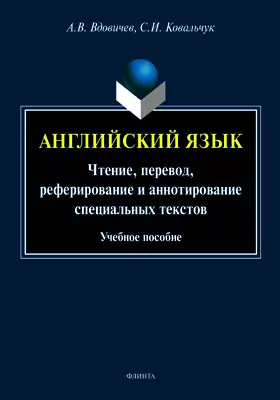
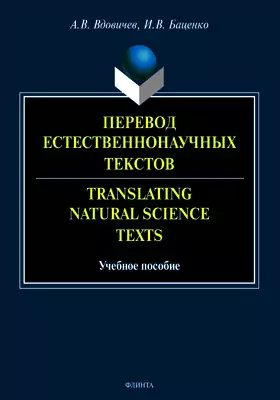





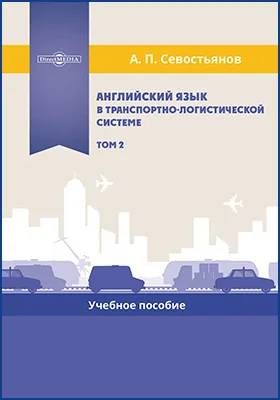
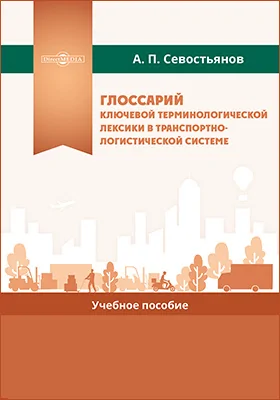

Бестселлеры нон-фикшн
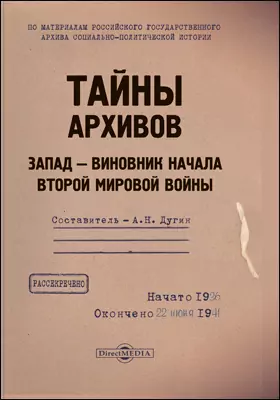

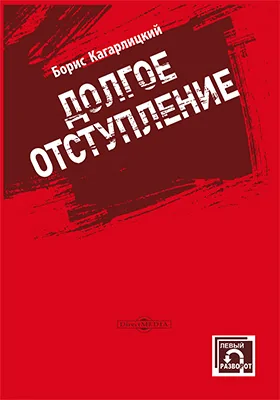
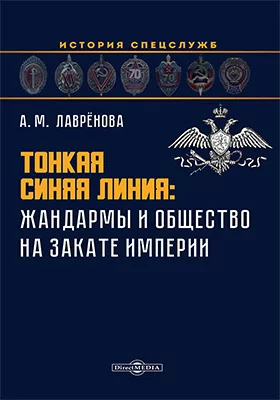
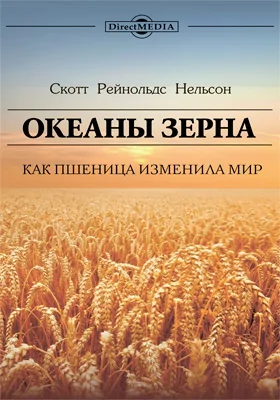
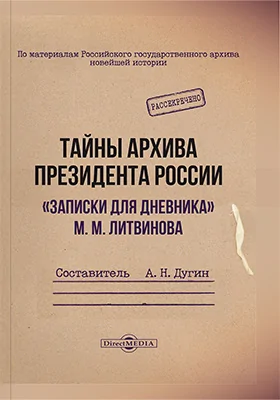
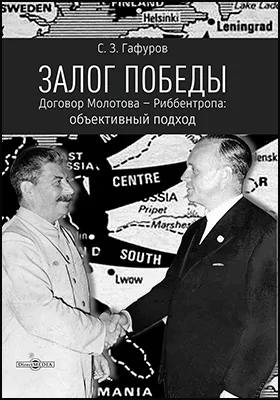
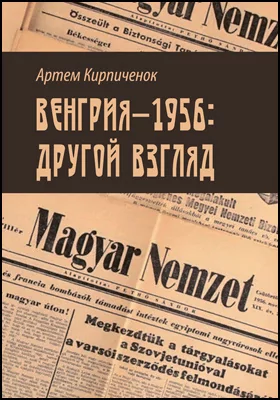
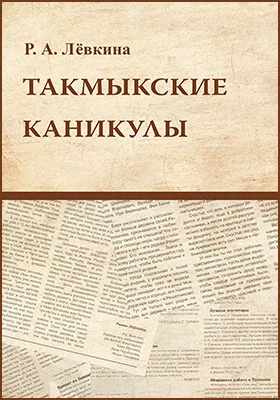
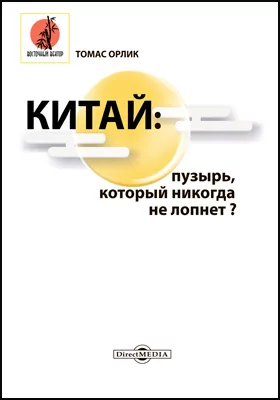



Новинки книги нон-фикшн
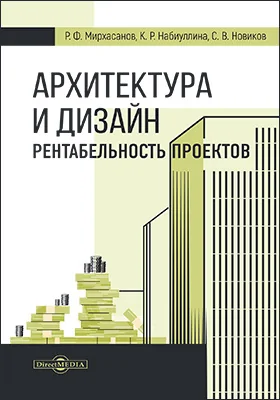

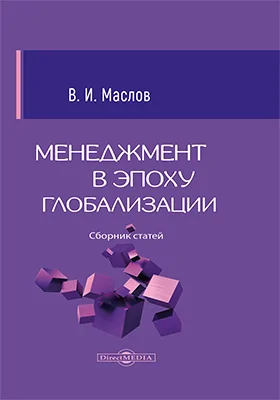
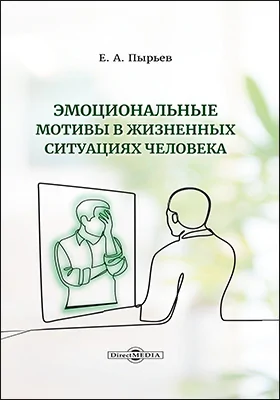

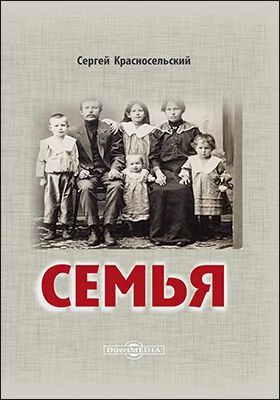
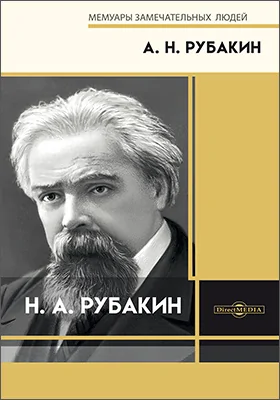





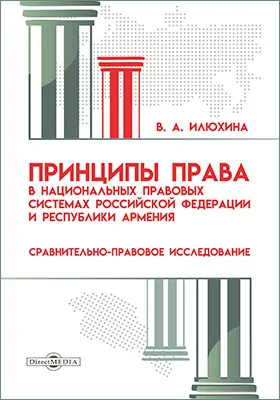
Вдовичев А. В. другие книги автора
Внимание!
При обнаружении неточностей или ошибок в описании книги "Перевод экономических текстов (автор Алексей Вдовичев, Наталья Науменко)", просим Вас отправить сообщение на почту help@directmedia.ru. Благодарим!
и мы свяжемся с вами в течение 15 минут
за оставленную заявку

